😃 Very interesting motorcycle.
Freedom of classic motorcycles with the safety of cars.
More info: https://bit.ly/3jlQSE7
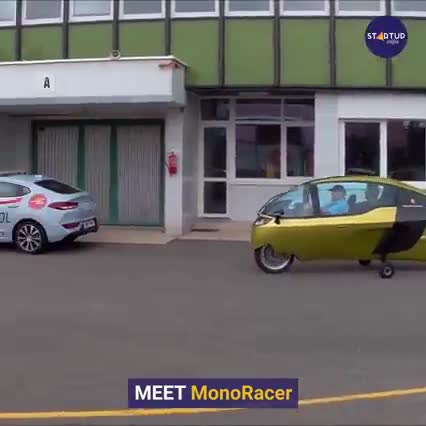
😃 Very interesting motorcycle.
Freedom of classic motorcycles with the safety of cars.
More info: https://bit.ly/3jlQSE7
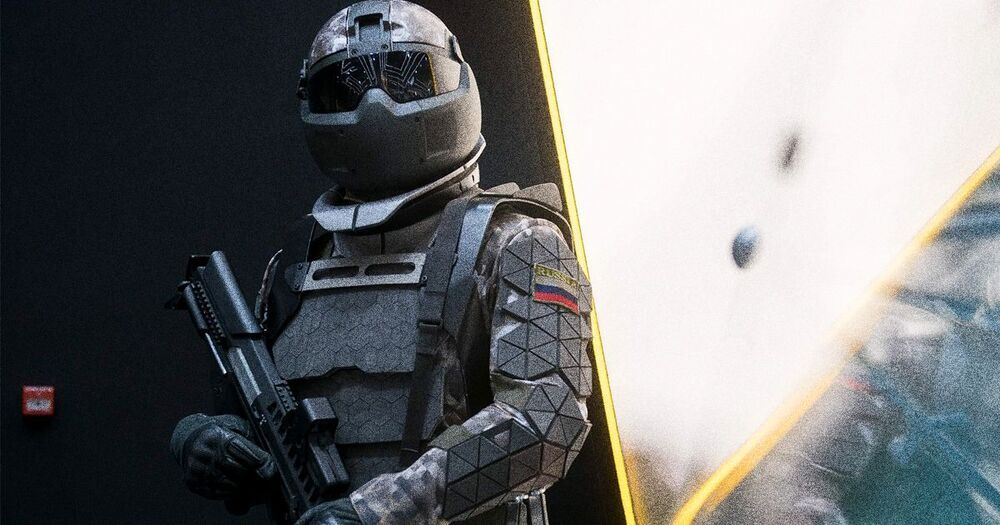

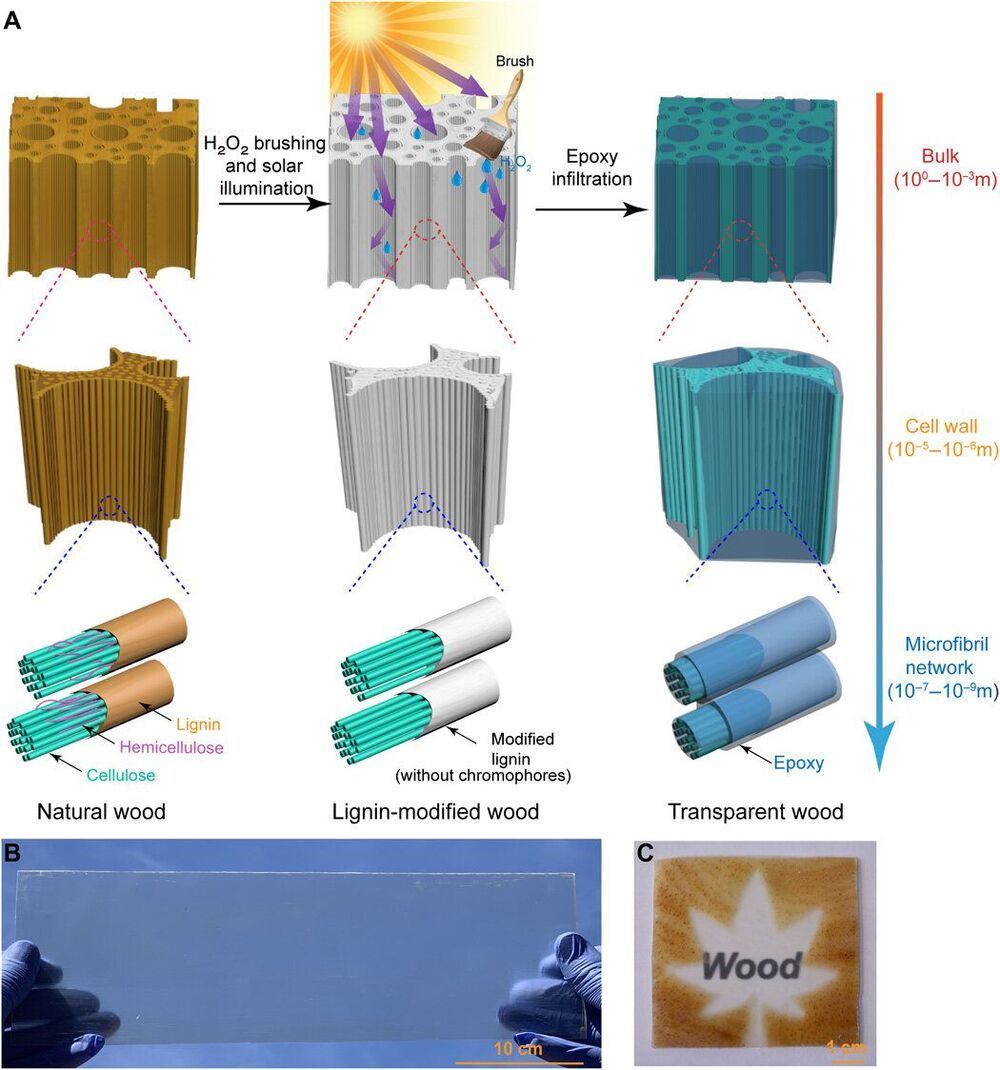

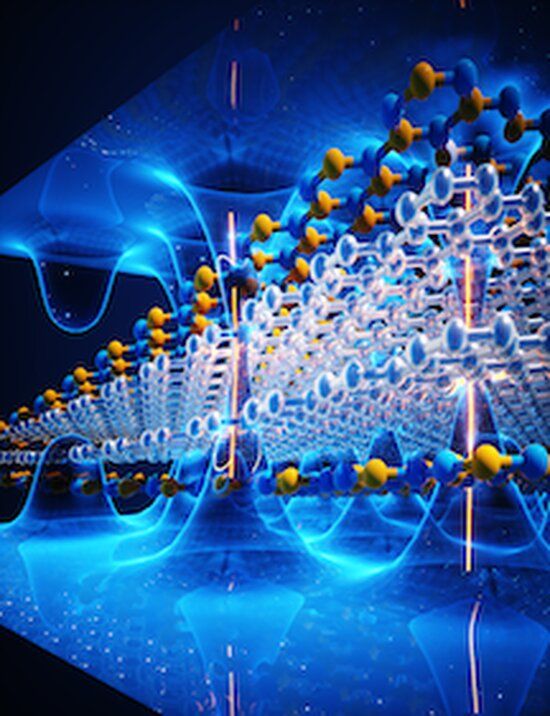
MIT researchers and colleagues have discovered an important—and unexpected—electronic property of graphene, a material discovered only about 17 years ago that continues to surprise scientists with its interesting physics. The work, which involves structures composed of atomically thin layers of materials that are also biocompatible, could usher in new, faster information-processing paradigms. One potential application is in neuromorphic computing, which aims to replicate the neuronal cells in the body responsible for everything from behavior to memories.

Find out how to spot Sirius, the brightest star as seen from Earth. Learn the mythology behind this dazzling light and how it earned the nickname of the Dog Star.
View at EarthSky Community Photos. | Garth Battista was in New York’s Catskill Mountains – at Manhattan Country School – when he caught the easy-to-see constellation Orion and the star Sirius (far left). Sirius is always easy to see. It’s the sky’s brightest star. Orion’s Belt – the short, straight row of 3 medium-bright stars – always points to it. Thank you, Garth!
Although white to blue-white in color, Sirius might be called a rainbow star, as it often flickers with many colors. The flickering colors are especially easy to notice when you spot Sirius low in the sky.
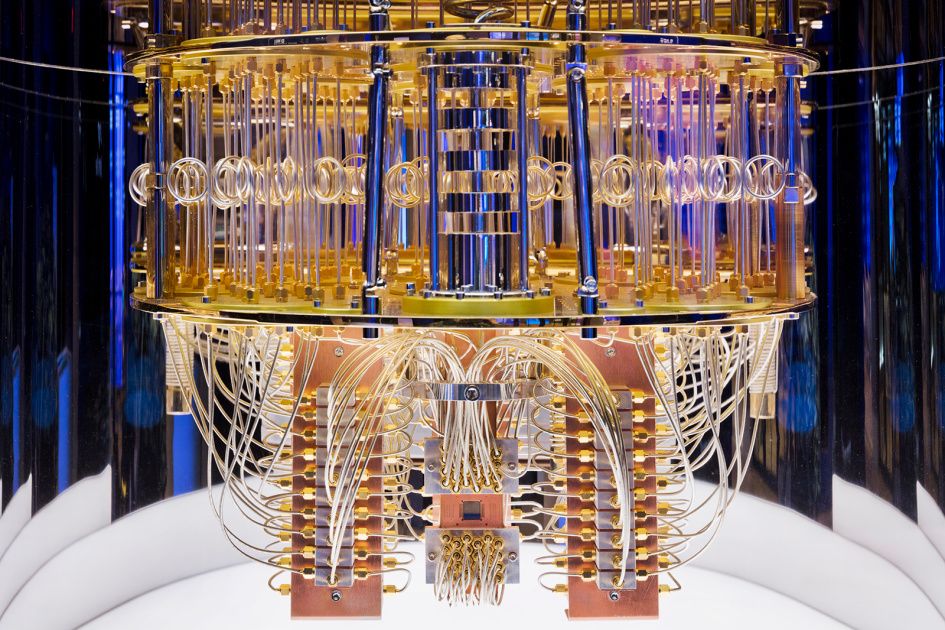

Three different studies, done by different teams of scientists proved something really extraordinary. But when a new research connected these 3 discoveries, something shocking was realized, something hiding in plain sight. Human emotion literally shapes the world around us. Not just our perception of the world, but reality itself.
In the first experiment, human DNA, isolated in a sealed container, was placed near a test subject. Scientists gave the donor emotional stimulus and fascinatingly enough, the emotions affected their DNA in the other room.
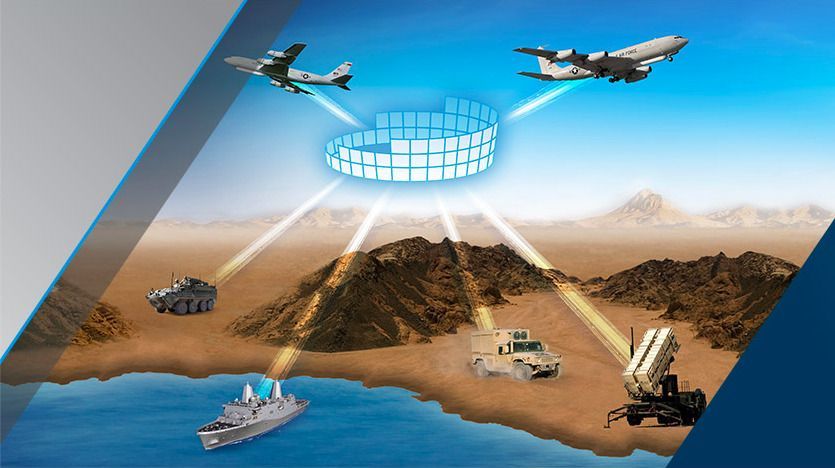
Viasat on Feb. 2 received a $50.8 million contract from the Air Force Research Laboratory to develop a broad range of space systems.
WASHINGTON — Viasat, a provider of satellite communications and wireless networking technology, received a $50.8 million contract from the Air Force Research Laboratory to develop a broad range of space systems.
The Defense Department announced the contract Feb. 2. The contract was first announced Nov. 20. A spokesperson told SpaceNews at the time that the contract terms had not yet been finalized so the award would be reposted at a later day.